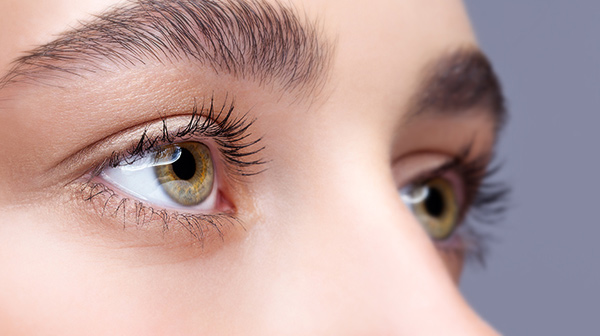
We rely on the human eye every day. It allows us to navigate the world, engage in our favorite activities, and perceive the colors that make our environment so beautiful. Despite its importance, many people don’t understand how it works.
How Does the Human Eye Work?
The human eye has many parts to it, and each is essential to its function. Light enters through a clear lens at the front of the eye called the cornea. The iris adjusts the size of the pupil to control the amount of light that reaches the back of the eye. This process is similar to how a camera aperture works.
A second lens is positioned at the back of the pupil and further focuses the light entering the eye. This process allows us to focus on approaching or near objects. The remaining light reaches the retina, which contains rods and cones that convert light into signals. The optical nerve carries the signals to the brain, allowing us to perceive what we are seeing.
Human Eye Facts
The human eye is a fascinating organ. Did you know that:
- The average person blinks about 12 times per minute, and each blink lasts about 1/10th of a second.
- Eyes have the ability to heal quickly. A healthy eye can repair a corneal scratch in about 48 hours.
- The seeing process involves use of about half of the human brain.
- Newborn babies do not have fully formed tear ducts and can’t make tears until four to 13 weeks old.
- Every eye has a small blind spot where the optic nerve attaches to the back of the retina.
Approximately 80% of all vision problems throughout the world are curable or avoidable. Make sure you do your part to improve statistics and preserve your eyesight. You can start by contacting Grosinger, Spigelman & Grey; Michigan’s Leading Eye Care Physicians to schedule a comprehensive eye exam.
#GrosingerSpigelmanGrey #EyeMichigan #MichigansLeadingEyeCarePhysicians #HumanEye #EyeExam #Eyesight
